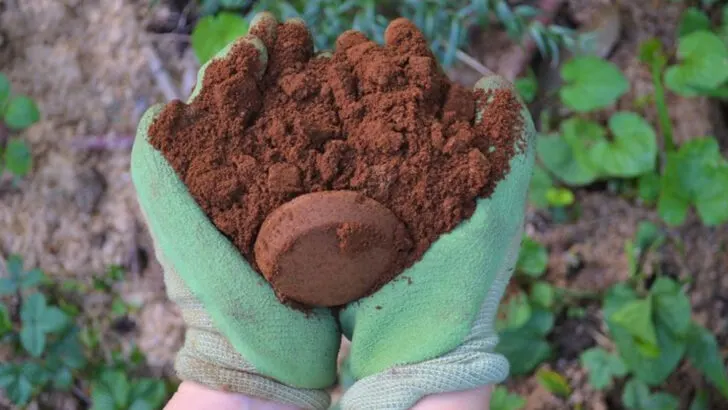If you’ve ever taken plant advice from a 30-second TikTok, you’re not alone. At Plantisima, we know how tempting it is to try those viral hacks—from ice cube watering to cinnamon in the soil. But just because it’s trending doesn’t mean it’s true. In fact, some of the most shared tips on plant care are actually doing more harm than good.
In this article, we’re breaking down 17 popular TikTok plant myths and putting them to the test. Backed by horticulturists and indoor plant experts, we’ll explain what works, what doesn’t, and what might be slowly stressing your plants without you realizing it.
To our curious Plantisima readers scrolling for shortcuts—this is your no-nonsense guide to what your plants actually need. Because real growth comes from good information, not just good lighting and a catchy soundtrack.
Myth 1: Watering with Ice Cubes
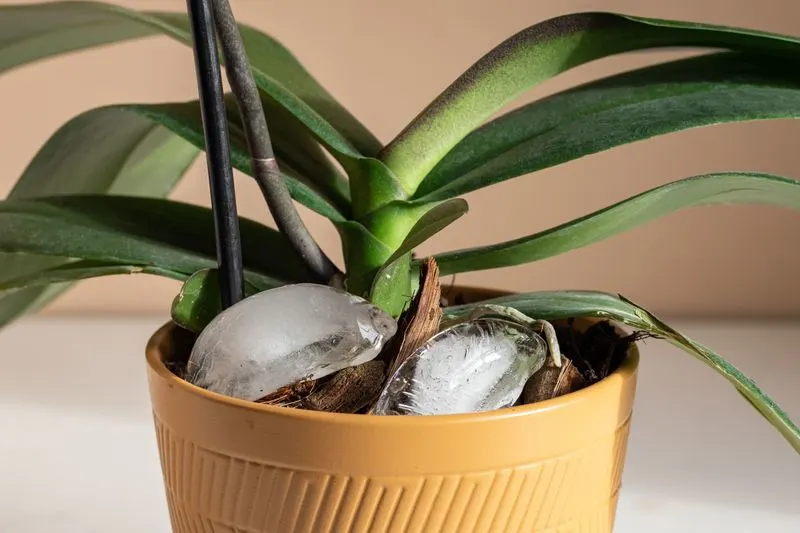
Ever seen someone casually toss ice cubes onto their plant’s soil? This quirky trend aims to slowly water plants, but experts caution against it. Ice can shock plant roots, especially in tropical species like orchids. Instead, a consistent watering schedule is recommended, tailored to your plant’s specific needs. This ensures roots absorb water more effectively, promoting healthier growth. Embrace traditional methods for a thriving plant.
Myth 2: Coffee Grounds as Fertilizer
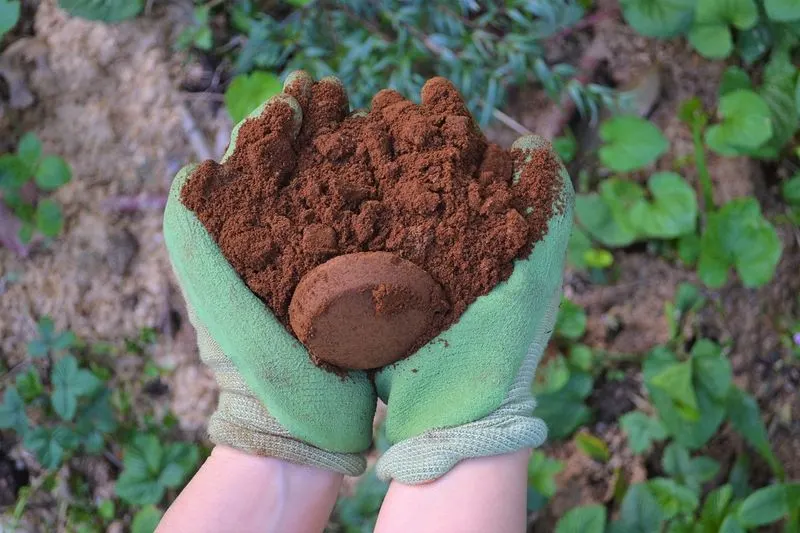
Using coffee grounds directly in soil has gained traction, yet it’s not ideal for all plants. While coffee adds nitrogen, it can make soil too acidic. Over time, this affects nutrient absorption, potentially harming plants. Composting coffee grounds first or using them sparingly is a safer approach. This balances pH levels and ensures your plants receive the nutrients they need without the unwanted acidity.
Myth 3: Talking to Plants
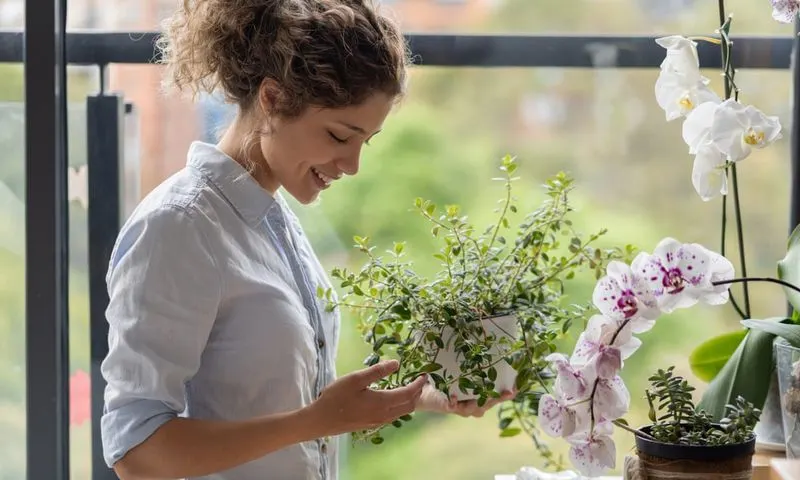
Can chatting with your plants really boost their growth? While it’s a charming idea, talking doesn’t directly impact plant health. However, the carbon dioxide you exhale could marginally benefit them. More importantly, this practice fosters a closer connection and attentiveness to your plants. So, while words may not cause a growth spurt, the care you show certainly does.
Myth 4: Mist Plants Daily
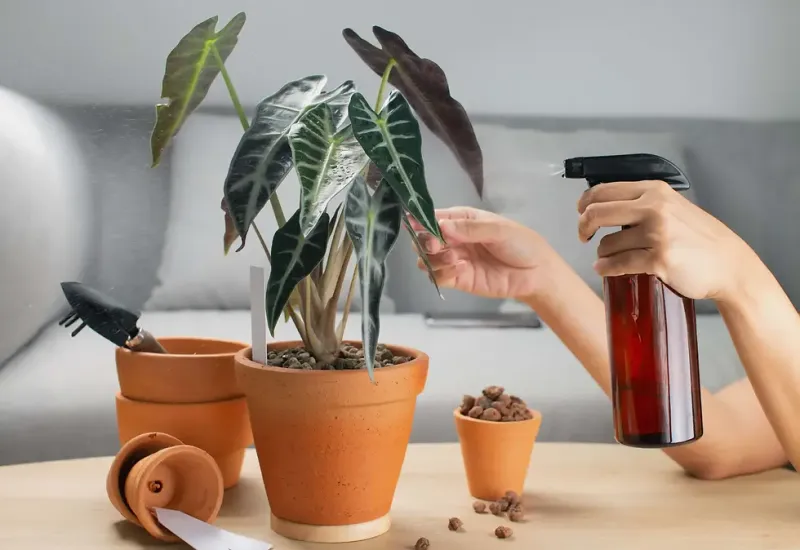
Daily misting might seem refreshing, but it’s not a universal remedy. Many plants require humidity, yet misting can spread diseases like mildew. For true humidity-lovers like ferns or orchids, a humidifier or pebble tray is more effective. Tailoring your approach to each plant’s needs prevents disease and ensures they thrive. Skip the spray bottle, and opt for lasting solutions.
Myth 5: Rocks for Drainage
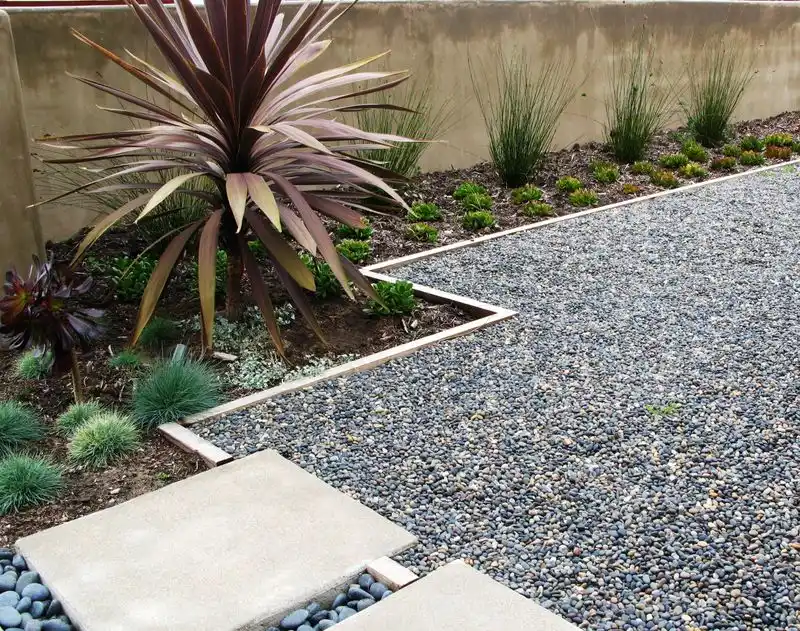
Placing rocks at the bottom of pots is a long-held belief, but it doesn’t improve drainage. Water tends to pool above the rocks, leading to root rot. Instead, use well-draining soil mixes that allow water to flow uniformly. This helps prevent waterlogging and keeps roots healthy. A single layer of mesh over the drainage hole can also keep soil in place without compromising water flow.
Myth 6: Plants Need Direct Sunlight
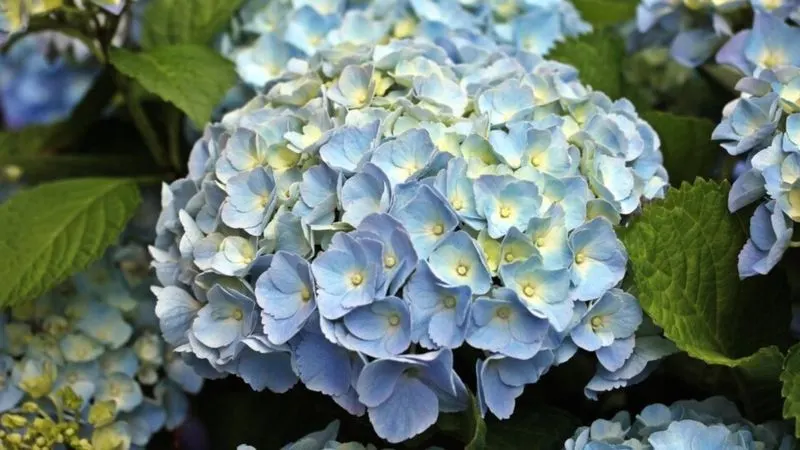
Direct sunlight might be beneficial for some plants, but not all. Many thrive in indirect light conditions. Overexposure can scorch leaves, leading to stress and damage. Understanding the specific lighting needs of each plant ensures they receive the optimal amount of light. Explore alternatives like sheer curtains or artificial grow lights to create the perfect environment without direct sun damage.
Myth 7: Banana Peels as Fertilizer
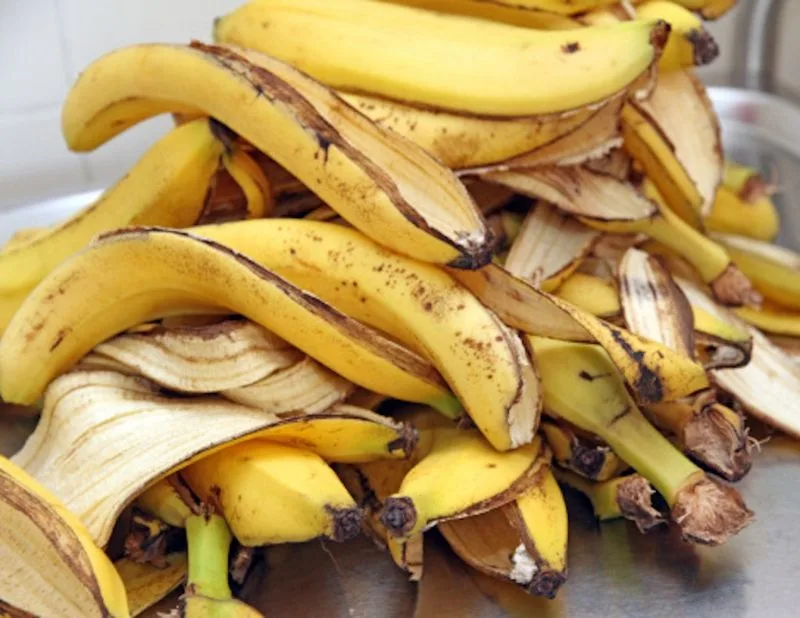
The idea of using banana peels as natural fertilizer is appealing, but it’s not always effective. As they decompose, they can attract pests and mold. Composting them first is a better option, ensuring nutrients are more readily available to plants. This method also helps maintain soil health and prevents the potential downsides of raw peels.
Myth 8: Bigger Pots for Bigger Plants
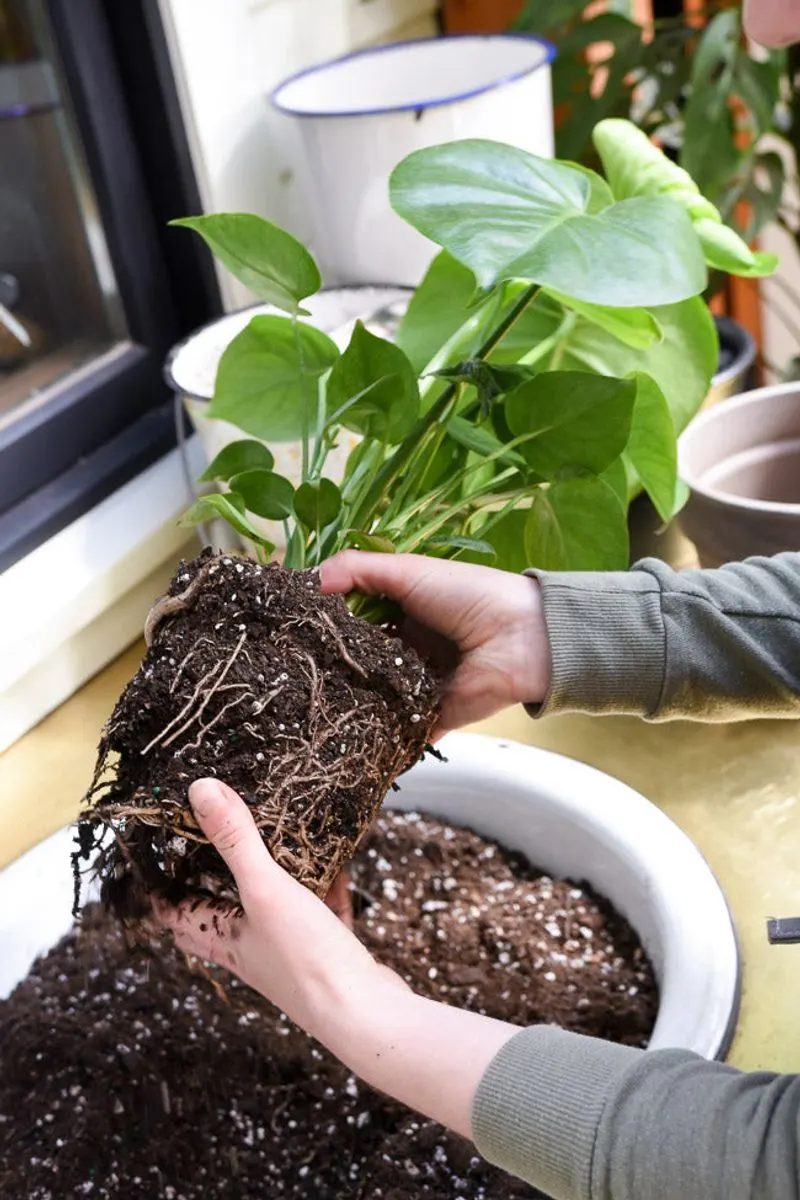
It’s tempting to assume bigger pots equal bigger plants, but they can lead to overwatering. Excess soil retains more moisture, causing root rot. Instead, incrementally increase pot size as your plant grows. This allows roots to develop properly without overwhelming them. Properly sized pots promote healthy growth, ensuring your plants flourish without the risk of waterlogged soil.
Myth 9: Plants Purify Air Significantly
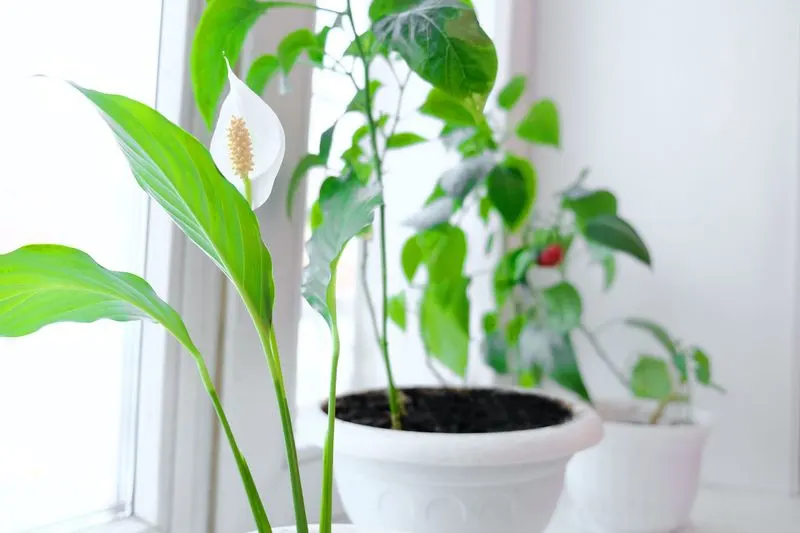
The belief that houseplants significantly purify air is widely accepted, but it’s exaggerated. While they do contribute to air quality, the impact is minimal in typical indoor spaces. NASA studies suggest plants can filter toxins, but in large, controlled environments. A few plants in your home improve ambience and morale more than drastically changing air quality. Enjoy your greenery for its aesthetic appeal and minor air benefits.
Myth 10: Never Repot During Bloom
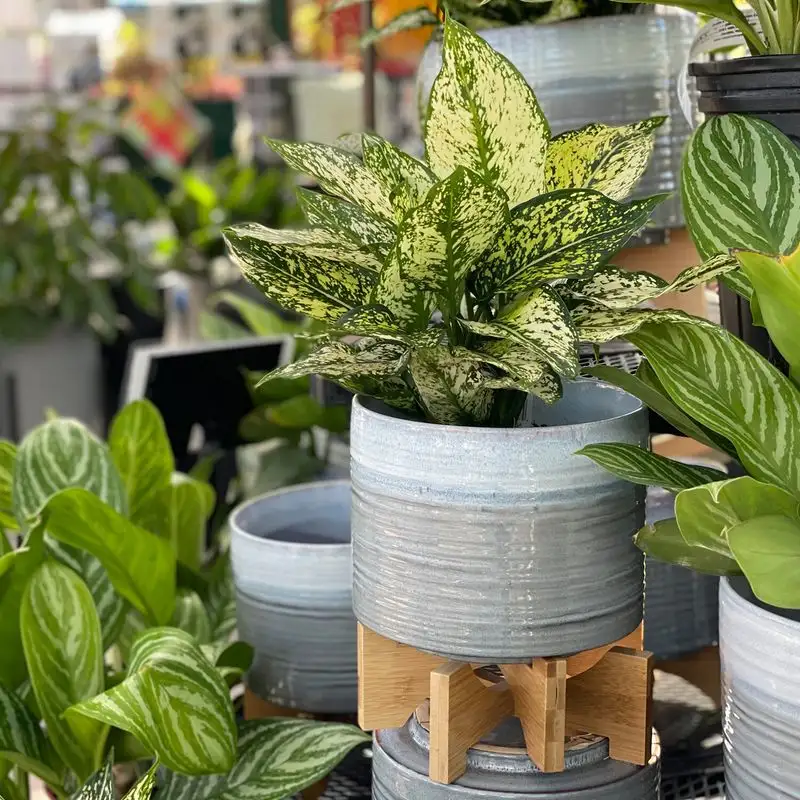
Repotting during bloom isn’t always detrimental. While it may disrupt flowering, it’s sometimes necessary for root health. If roots are crowded or diseased, moving to a larger pot helps the plant thrive. Handle with care to minimize stress, and your plant can recover well. Timing is key—avoid unnecessary repotting, but don’t shy away from essential changes to support plant vitality.
Myth 11: All Succulents Love Full Sun
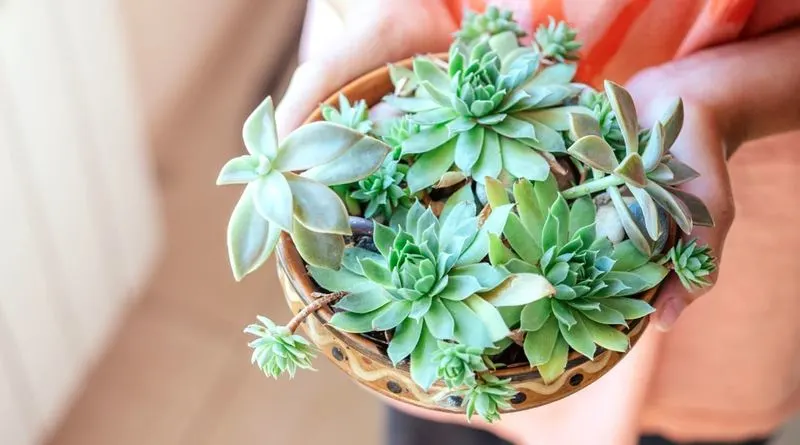
Not all succulents bask in full sun. While some relish bright light, others prefer shade or filtered sunlight. Exposure varies significantly between species. Research your specific succulent’s needs to prevent sunburn or etiolation. Providing the right amount of light encourages proper growth patterns, helping your plants stay robust and healthy without unnecessary stress.
Myth 12: Milk as a Plant Cleaner
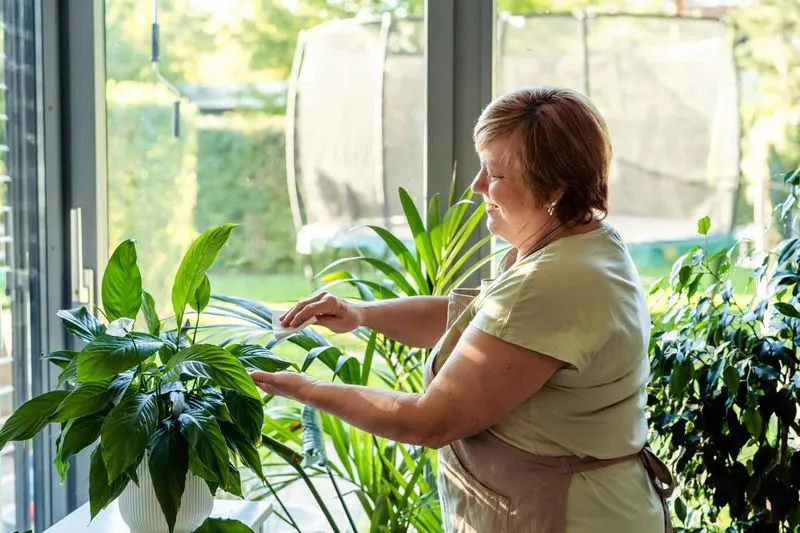
Coating leaves with milk might seem like a natural cleaner, but it can attract pests and leave residue. While milk contains nutrients, they’re not readily absorbed through leaves. A gentle wipe with water and a cloth is preferable for cleaning. This method maintains leaf health without risking fungal issues. Keep milk for your breakfast, and opt for safer cleaning practices for your plant care routine.
Myth 13: Music Stimulates Plant Growth
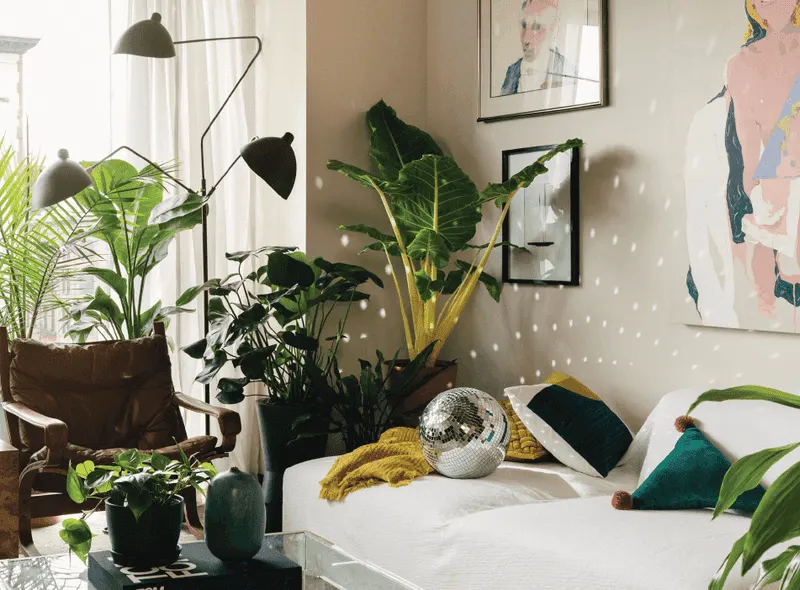
Does your plant enjoy a good jam session? While it’s fun to imagine, music doesn’t directly enhance growth. The vibrations might affect soil and water distribution, but evidence is mostly anecdotal. Playing music is more about creating a pleasant environment for yourself. Focus on sound cultural practices like proper watering and light conditions for genuine growth benefits.
Myth 14: Cinnamon as Rooting Agent

Using cinnamon as a rooting agent is a spicy myth. While cinnamon has antifungal properties, it doesn’t significantly aid root development. A sterile, well-draining medium is more effective for propagation. Using commercial rooting hormones can provide better results. Cinnamon can still be used on cuts to prevent rot, but don’t rely on it alone for rooting success.
Myth 15: Plants Need Constant Attention
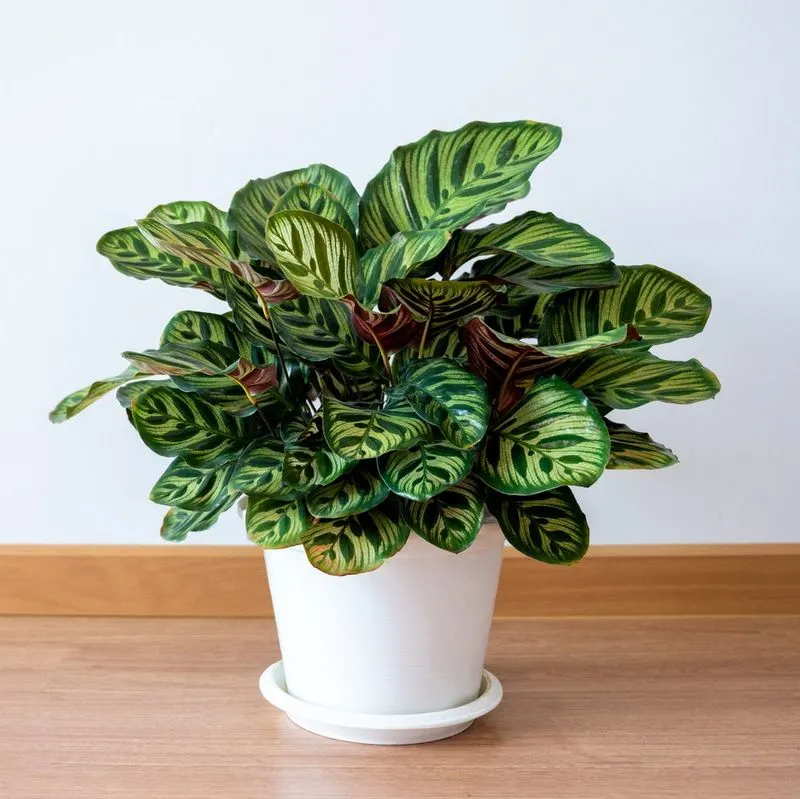
The notion that plants demand constant care can be overwhelming. Most houseplants thrive with minimal, consistent attention. Over-caring can lead to problems like overwatering. Establish a simple routine adapted to your plant’s needs. This balance allows for healthy growth while fitting seamlessly into a busy lifestyle. Enjoy a mutually beneficial relationship without stress or guilt.
Myth 16: All Plants Enjoy Grouping
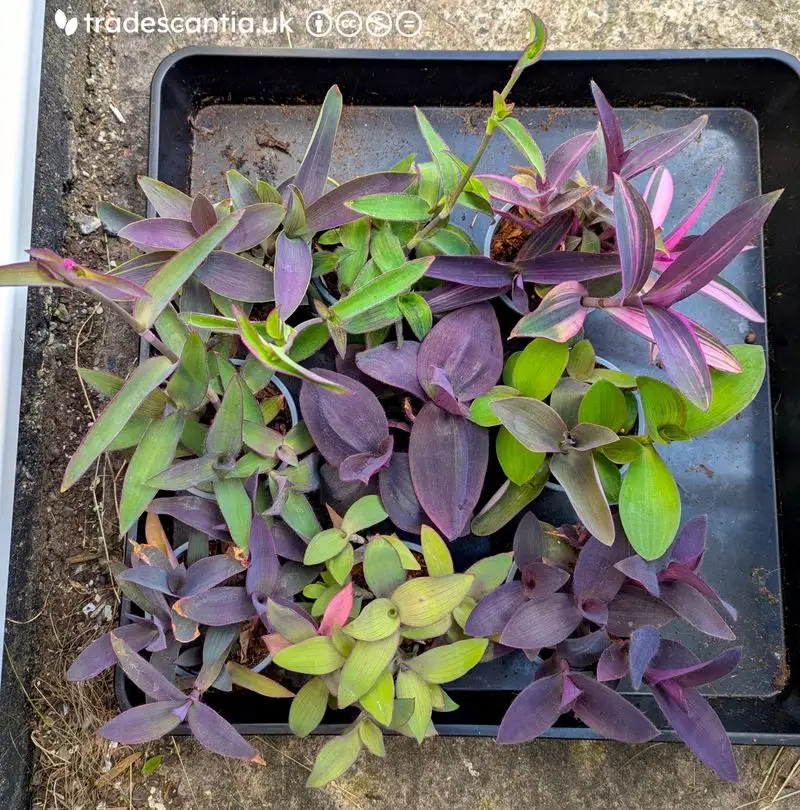
Arranging plants in groups might look aesthetically pleasing, but it’s not always beneficial. Each plant has distinct requirements for light, water, and space. Crowding can lead to competition for these resources, harming some plants. Ensure each plant’s needs are met individually while enjoying the visual impact of a well-curated plant display. Balance beauty with practicality.
Myth 17: Sugar Water Revives Wilting Plants
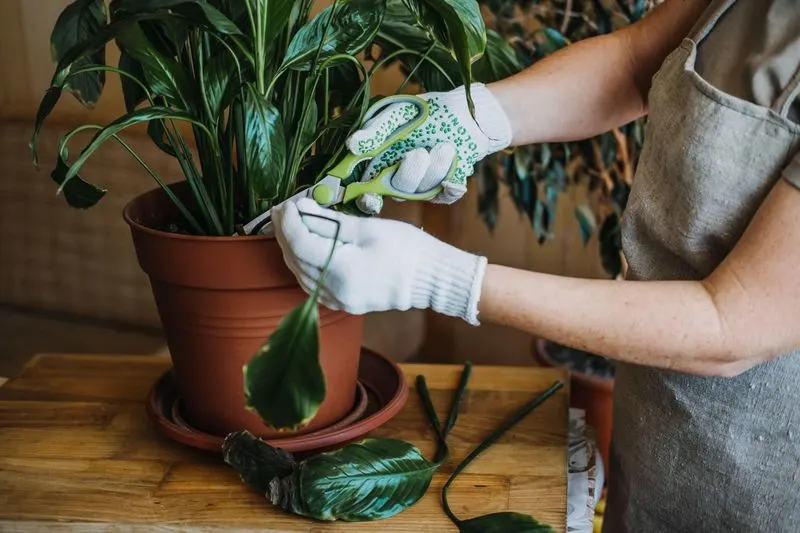
Reviving wilted plants with sugar water is more sweet fiction than fact. While sugar can provide a temporary boost, it doesn’t address underlying issues causing wilting. Overuse can attract pests or promote mold growth. Identifying and correcting the root cause, like watering or light levels, is crucial for recovery. Stick to sound care practices for lasting vitality.

